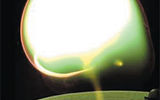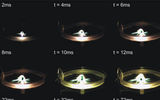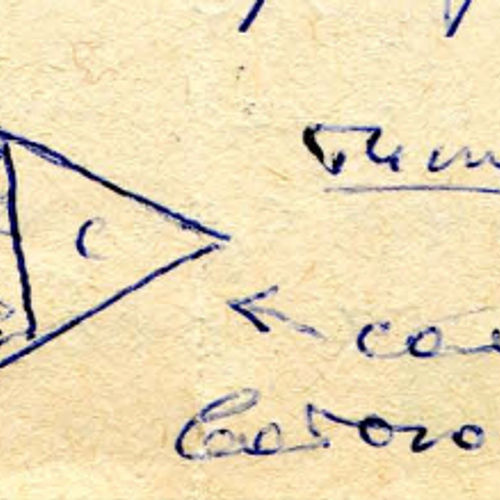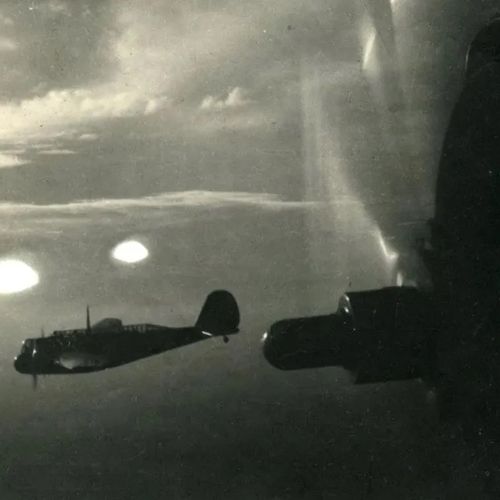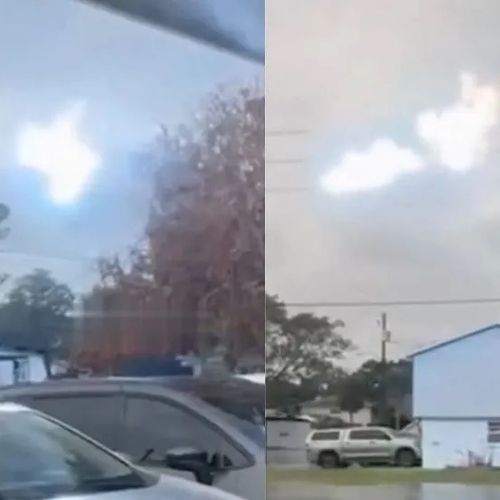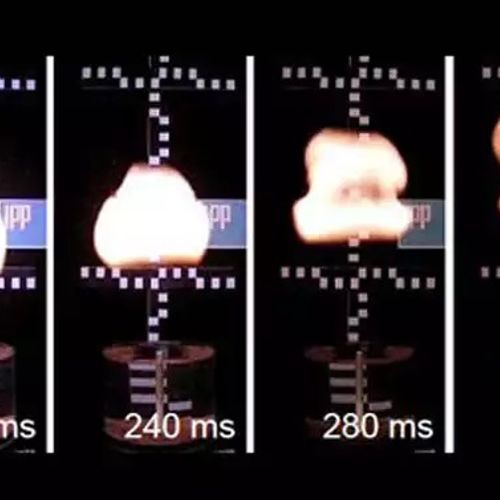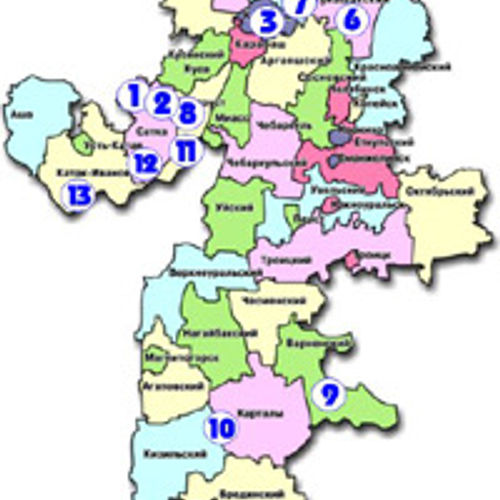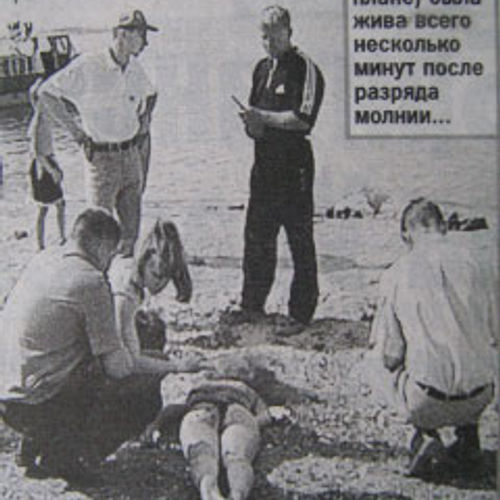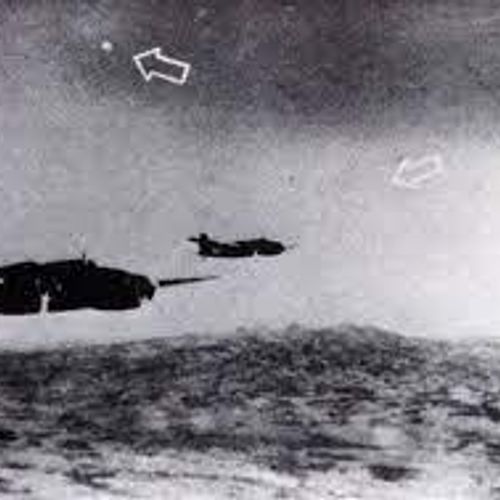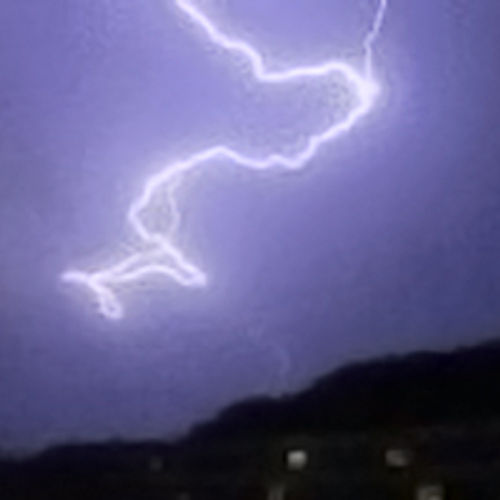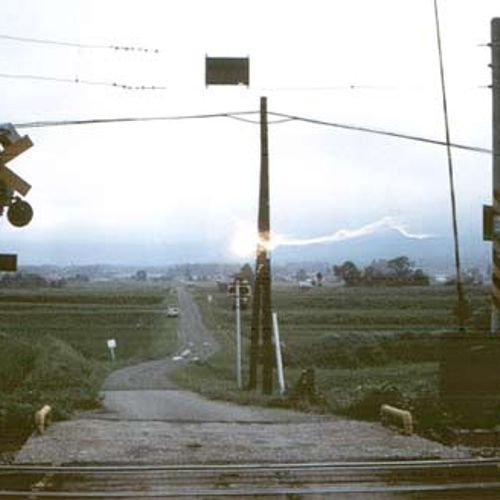
| Added | Fri, 07/10/2016 |
| Sources | |
| Феномены | |
| Version type |
A rare natural phenomenon, a unified physical theory of the origin and course of which has not been presented to date.
There are about 200 theories explaining the phenomenon, but none of them has received absolute recognition in the academic environment. Since this phenomenon was introduced into the scientific sphere by the English physician and researcher of electrical engineering William Snow Harris in 1843, and a scientist of the French Academy Francois Arago in 1855, many hypotheses were put forward. Here are selectively some of them:
-
The vaporized silicon hypothesis. This hypothesis assumes that ball lightning consists of vaporized silicon burning as a result of oxidation. The earth's soil can evaporate the silica contained in it and somehow separate oxygen from silicon dioxide, turning it into pure silicon vapor.
-
An electrically charged model with a solid core. In this model, it is assumed that the ball lightning has a solid positively charged core, which is surrounded by a thin electron layer with a charge almost equal in magnitude to the charge of the core. There is a vacuum between the core and the electron layer containing an intense electromagnetic (EM) field, which is reflected and directed by the electron layer.
-
Peter Kapitsa suggested that ball lightning is a smoldering discharge caused by microwave radiation, which is directed at the ball along the lines of ionized air from the lightning clouds where it is created. The ball serves as a resonant microwave resonator, automatically adjusting its radius to the wavelength of microwave radiation to maintain resonance.
-
The Handel Maser-Soliton theory of ball lightning assumes that the source of energy generating ball lightning is large (several cubic kilometers) atmospheric maser (acronym for microwave amplification during forced emission of radiation). Ball lightning appears as a plasma caviton in the antiinodal plane of the microwave radiation of the maser.
-
Julio Rubinstein, David Finkelstein and James R. Powell suggested that ball lightning is a separate fire of St. Elmo
-
Physicist Domokos Tar proposed the following theory of ball lightning formation based on his observation of ball lightning. Lightning strikes perpendicular to the earth, and it goes at supersonic speed in the form of shock waves that form an invisible aerodynamic ring of turbulence, horizontal relative to the earth. Around the ring, the system of excessive and reduced pressure, a vortex rotates around a circular axis in the cross section of the torus. At the same time, the ring expands concentrically parallel to the ground at low speed.
-
Oleg Meshcheryakov suggests that ball lightning consists of complex nano- or submicrometer particles, each of which is a kind of battery.
-
Another hypothesis is that some ball lightning is the passage of microscopic primary black holes through the Earth's atmosphere.
In laboratory conditions, similar but short-term phenomena were obtained in several different ways. But the question about the nature of natural ball lightning remains open.
Interestingly, the stories about fireballs are in many ways similar to the stories about UFOs and will-o'-the-wisps. Sometimes an eyewitness, based on his ideas, immediately assumes that he witnessed a ball lightning, and not a phenomenon of mystical nature. However, due to the significant similarity, such evidence can be included in the statistics of observations of these phenomena, indicating ball lightning as a hypothesis explaining the observation. This will allow you to collect more information about observations with a similar description.
If the ball lightning could not be observed, but an almost perfectly round hole remained in the glass, then they are also trying to explain their appearance by ball lightning. However, such holes can easily turn out due to small stones falling into the glass.
Related facts
Related news
Related articles
Log in or register to post comments

